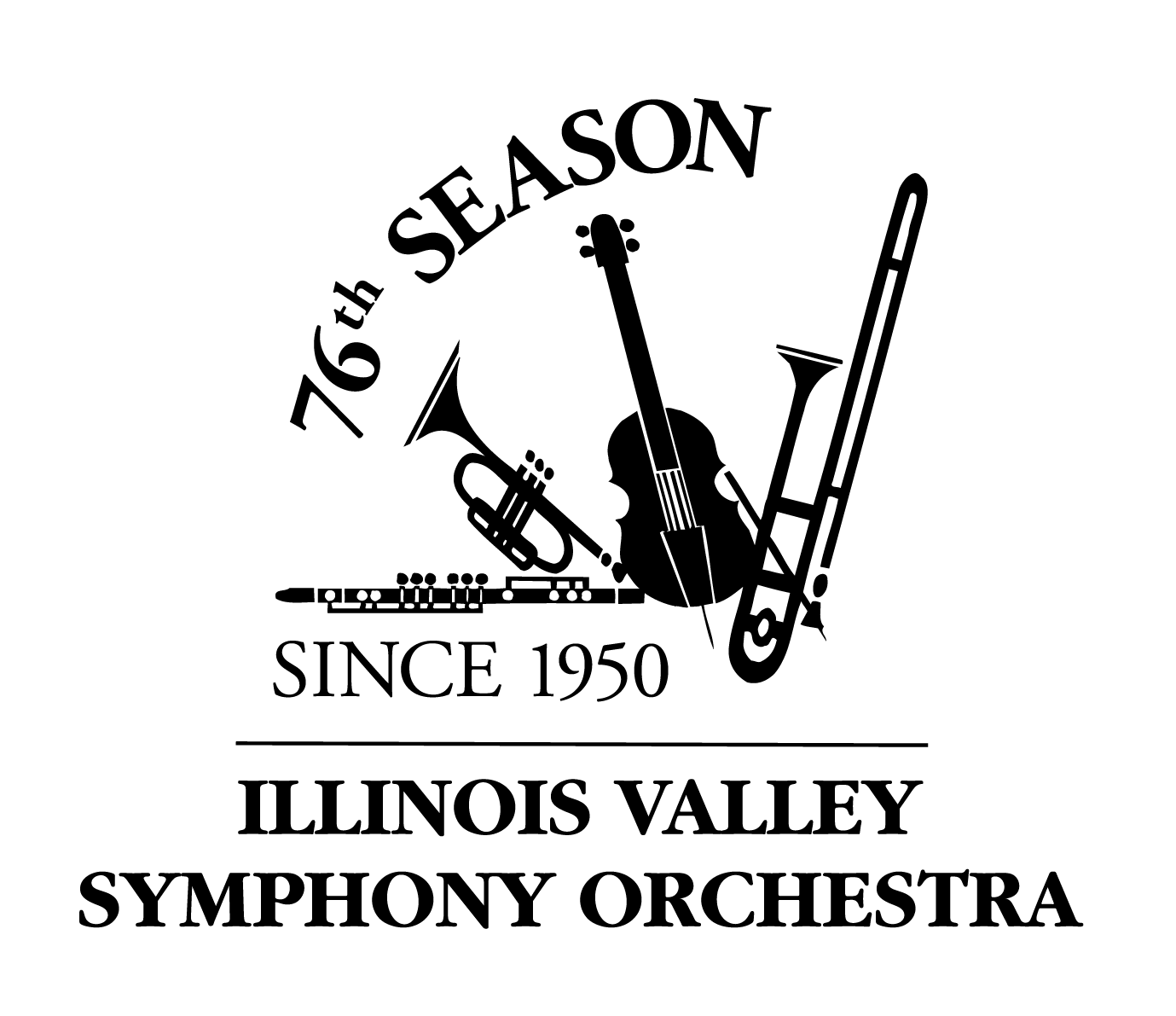Aaron Copland's Hoe-Down
In this final dance from the 1942 cowboy ballet Rodeo, Aaron Copland draws from three Irish folk songs to depict a traditional Appalachian hoedown. The introductory material, for example, is taken directly from William Hamilton Stepp’s rendition of “Bonaparte’s Retreat”, a recording of which can be found at the Library of Congress.
Copland, raised in New York City and musically trained in Europe, spent his career seeking to unify his expression in music with his life in America, encouraging other American composers to work towards developing a uniquely American vernacular in serious music.
During Harvard University’s 1951-1952 academic year, Copland delivered a series of lectures published by Harvard University Press as Music and Imagination. There he reveals his thoughts on what it means “to make use of a hymn tune or a cowboy tune in a serious composition”:
There is nothing inherently pure in a melody of folk source that cannot be effectively spoiled by a poor setting. The use of such materials ought never to be a mechanical process. They can be successfully handled only by a composer who is able to identify himself with, and reëxpress in his own terms, the underlying emotional connotation of the material.
We are pleased to present to you the brilliantly successful handling of folk tunes by Aaron Copland in “Hoe-Down”, performed by the Illinois Valley Symphony Orchestra Chamber Strings and under the direction of Dr. Daniel Sommerville.
This concert is brought to you by the Starved Rock Country Community Foundation, the Illinois Arts Council Agency, and the National Endowment for the Arts.

